Spongebob doesn’t have to be the only one with a magic conch. Get your own by rocking a conch piercing – it’s the perfect way to add some razzle-dazzle to your ear cartilage!
But, before you take the plunge into get this ear piercing done, here’s everything you need to know about this cartilage piercing, including pain level, healing time, cost, aftercare, and more.
What Is a Conch Piercing?
Your conch is located in the center part of your ear cartilage that leads to your ear canal.
Peek in a mirror. Wow, that outfit is really working for you today. Now, look closer at your ear and you’ll notice that cup in the middle of your ear looks kinda like a shell. That’s the conch.
There are two parts to it: the inner conch and the outer conch. The inner conch is a little higher on your ear, while the outer conch is lower and a bit more hidden. An outer conch piercing sits inside the shell of your ear, kinda close to where you wear your AirPods. (Or those generic earbuds from Amazon: don’t worry, we won’t tell.) You can place a hoop or a stud in each.
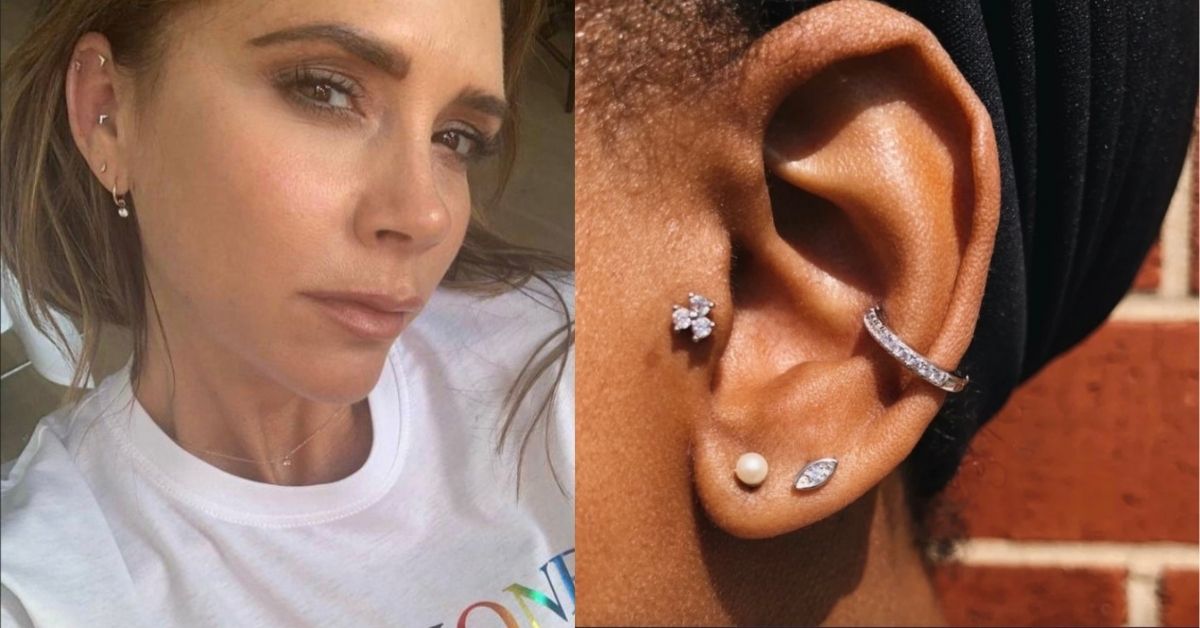
How Much Does It Cost?
Although every piercing salon is different, a conch piercing will probably run you around $30. But you’re also going to pay for the jewelry that’s put in. It would be kind of weird if you just got the hole punched into your ear. But hey, some people like pineapple on their pizza.
The jewelry may run you about $50. But again, this will vary by location and the kind of jewelry you get. You can opt for something more basic to keep it on the affordable end, or go for something fancier if you really want to splurge. We hear Ariel’s Etsy shop has tons of great options. Especially if you want an old boot.
How Painful Is a Conch Piercing?
Since it’s a cartilage piercing, the conch may look like it’s a little intense on the pain scale. It’s in a pretty thick part of your ear, and it’s located closer to the inside of your ear. Both of those things can make it a tricky piercing to execute.
But take a deep breath. The pain of this piercing is mostly comparable to other piercings like the helix or rook.
When I got my conch pierced, I was mostly distracted by the loud “crunch” sound. Because the needle passes through cartilage close to your ear canal, the noise of the piercing can be a little loud. But it just felt like a strong, sharp pinch.
Professional piercer Shawn Pierce says in the video below, “It really doesn’t hurt too bad.” We’ve believed more questionable things from the Internet. Speaking of, does anyone want to buy three gallons of apple cider vinegar?
The 16-gauge needle for this piercing is the same size as what a piercer would use for your daith, tragus, or most other parts of your ear. Meaning, they won’t be dragging out the medieval torture devices. But ultimately, you’ll have to judge the pain for yourself and every person has different pain tolerances.
How Long Will My Conch Piercing Take to Heal?
Your cartilage is a bit of a diva. It’ll take longer to heal than a lobe piercing. But like Mariah Carey, your cartilage is high-maintenance because it knows that it’s fabulous.
With some tender loving care and some smart aftercare, your piercing should be fully healed in six months to a year. Which leads us to…
What’s Good Conch Piercing Aftercare?
We know that saltwater soaks and unscented soaps aren’t very glamorous. But beauty has its price. In this case, the price is time and repetition. Just think of it like scrolling through TikTok, but with fewer catchy songs and more pools of water on your counter.
Pierce says, “As far as aftercare, you’re going to wash it with a mild soap once a day. Get yourself a saltwater solution, and use that three times a day. For the first two weeks, do not sleep on that side – otherwise, it’ll swell up overnight.” That’s definitely not the kind of thing we like to see swelling up in bed.
And although you may love those new ear buds, avoid wearing them for the first several weeks after you’ve been pierced. They can contaminate your ear, and will also rub up against the new bling. Same goes for hats, and anything else that may hit your ear. Thank goodness no one actually talks on the phone anymore.
When Can I Change the Jewelry?
Keep your fingers to yourself. Unless you have chicken fingers – we missed lunch. We know you’ve been online shopping for some cute orbital hoops and studs, but perfection takes patience. Don’t spin your jewelry or swap it out until it’s fully healed. Give your conch at least six months before you try to change your look.
When you’re ready to try a new cartilage ring or labret, make sure you stick with materials like titanium, surgical steel, or high-quality gold jewelry. These tend to be less irritating and cause fewer bad skin reactions.
You may also want to ask your piercer to help change out the jewelry for you. Since it has such a particular placement, it may take a few tries to get the hang of changing out the jewelry.
- These 13 Pumpkin Beers Are a Fall Festival in a Glass - October 5, 2022
- Car Tips 101: How to Change Your Car’s Oil At Home - February 28, 2022
- Everything You Need to Know About The Medusa Piercing - December 20, 2021
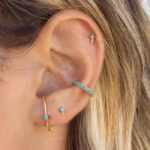
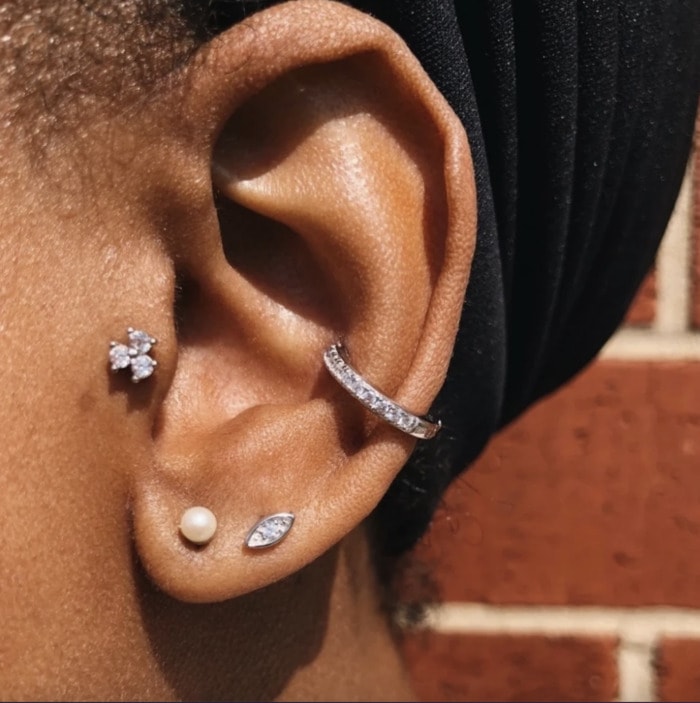
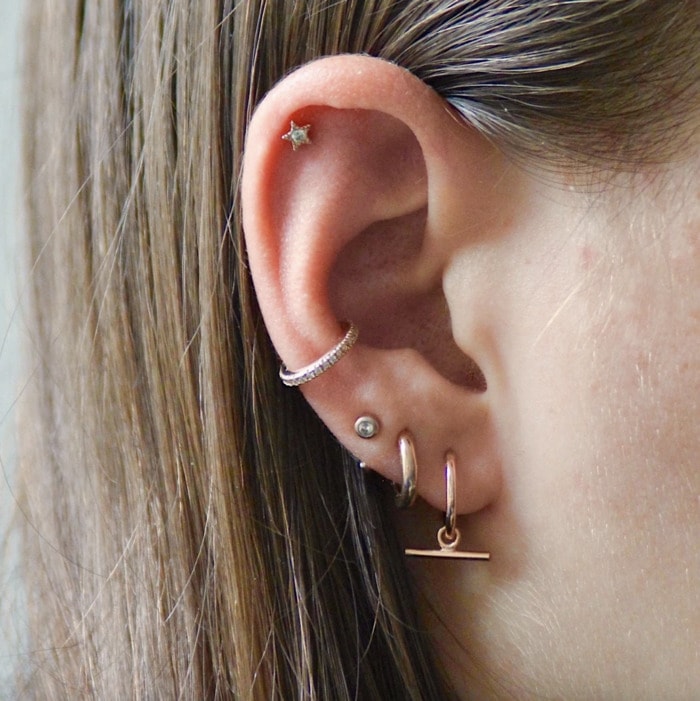
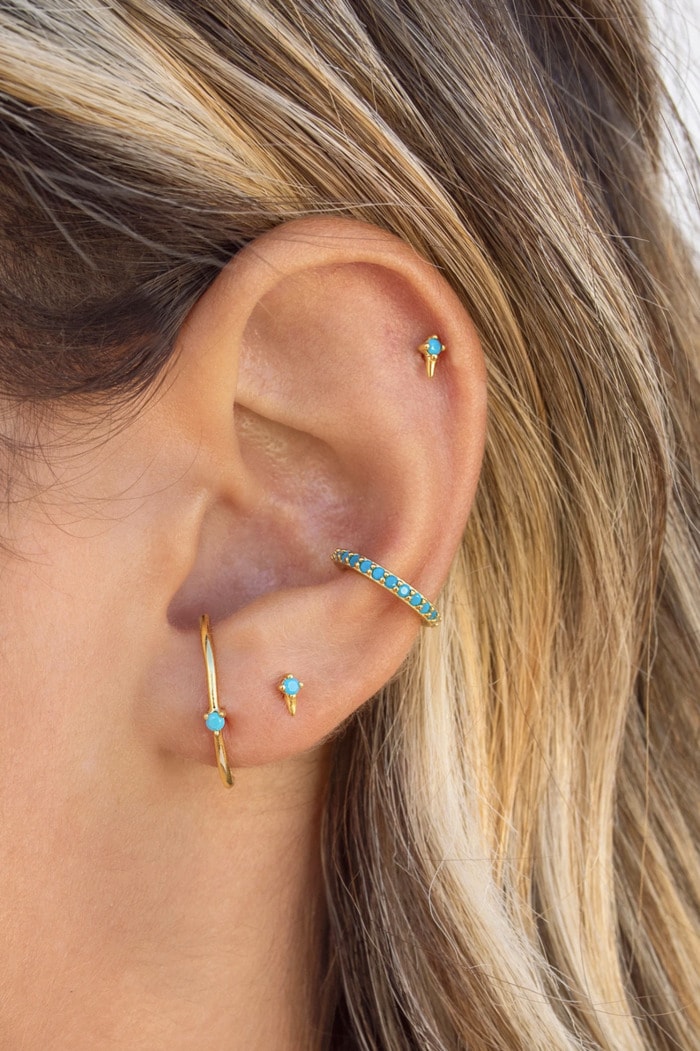



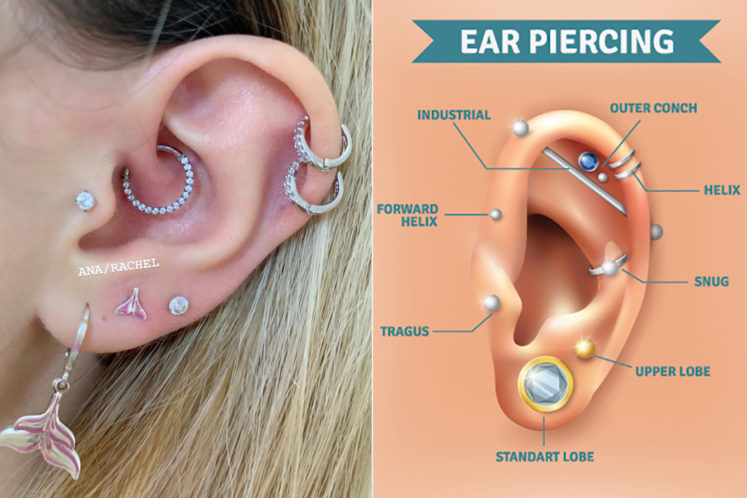
Leave a Comment